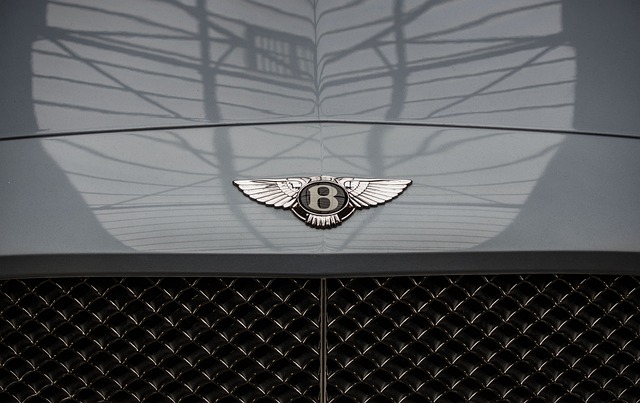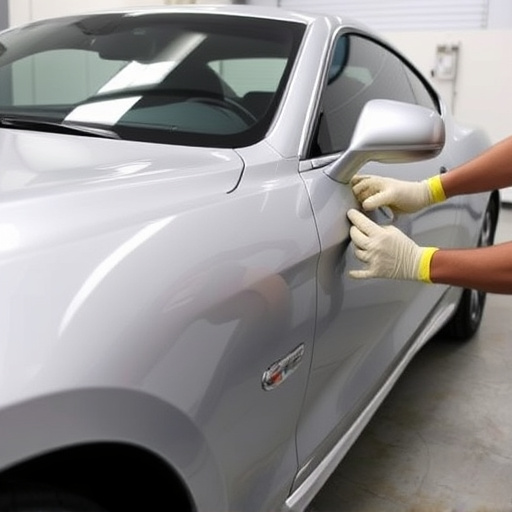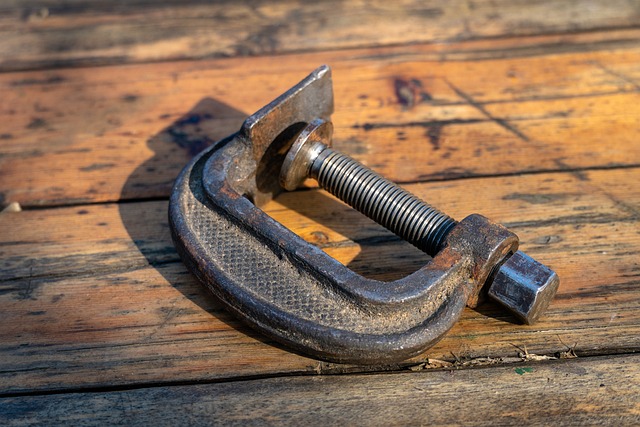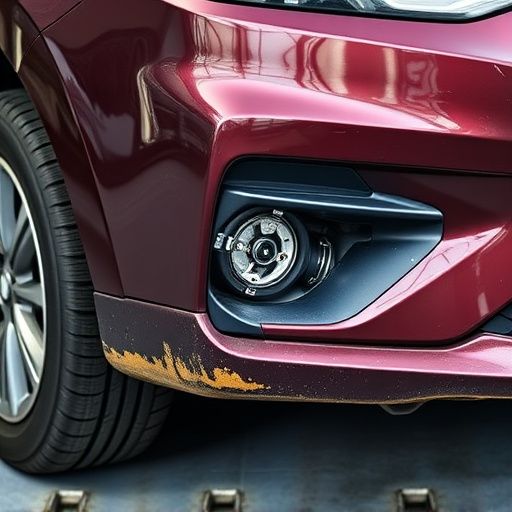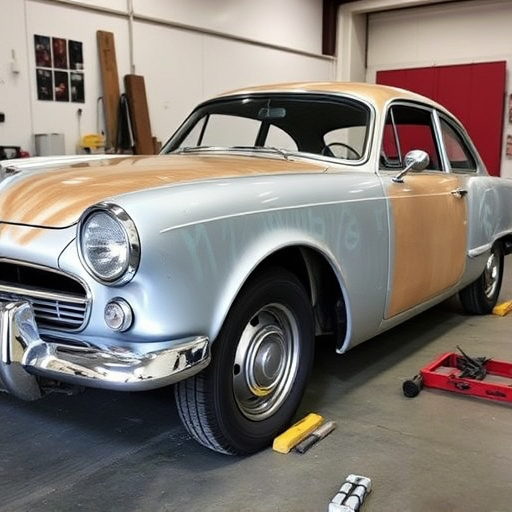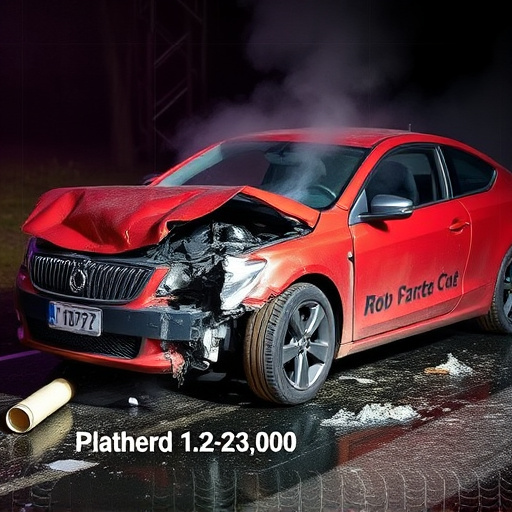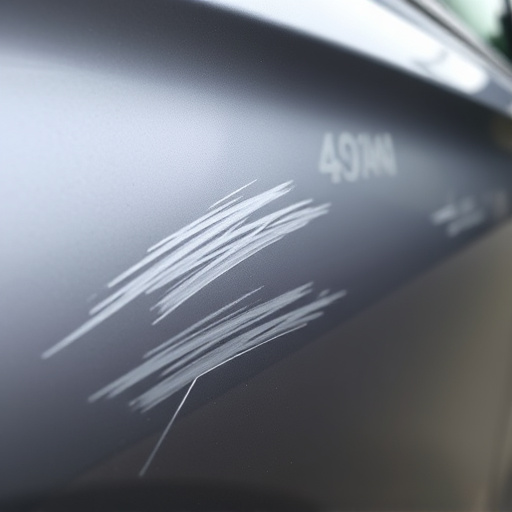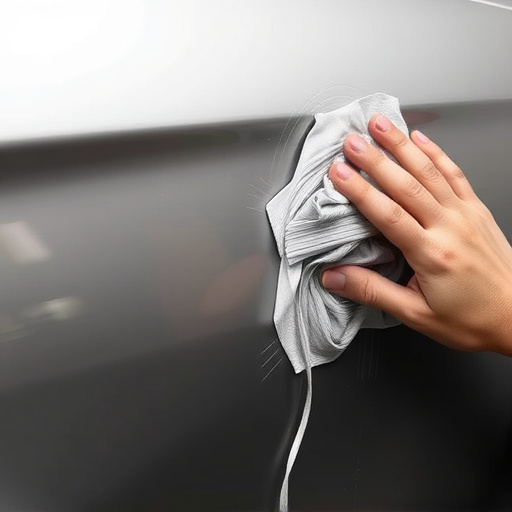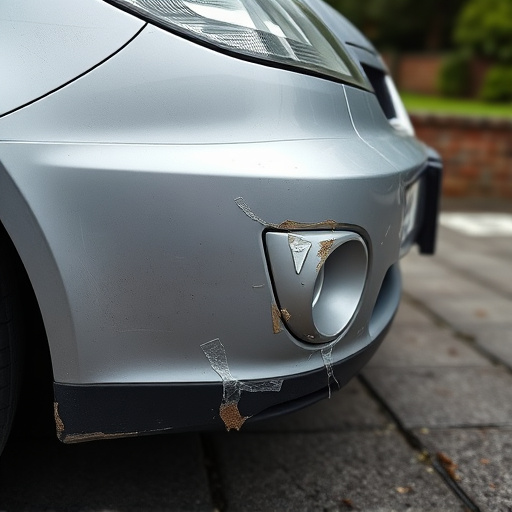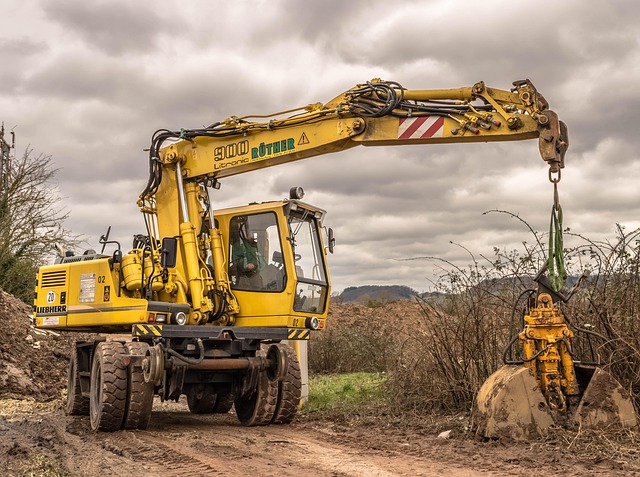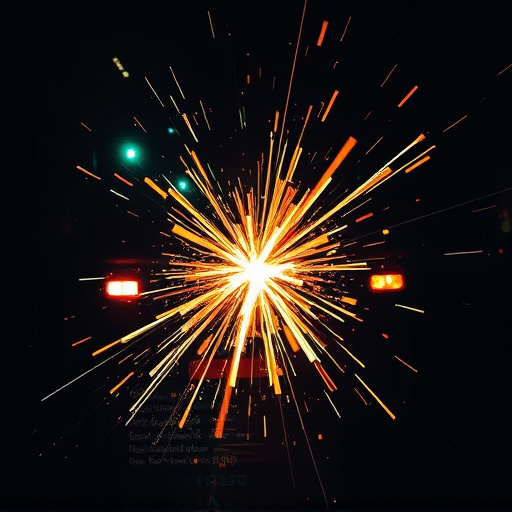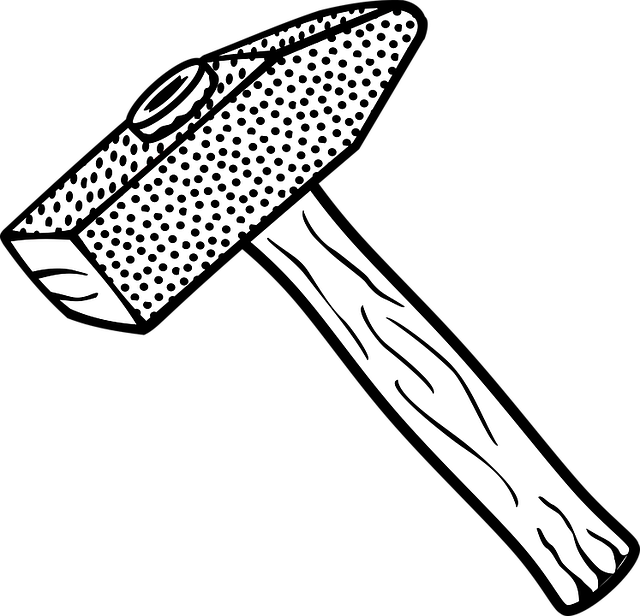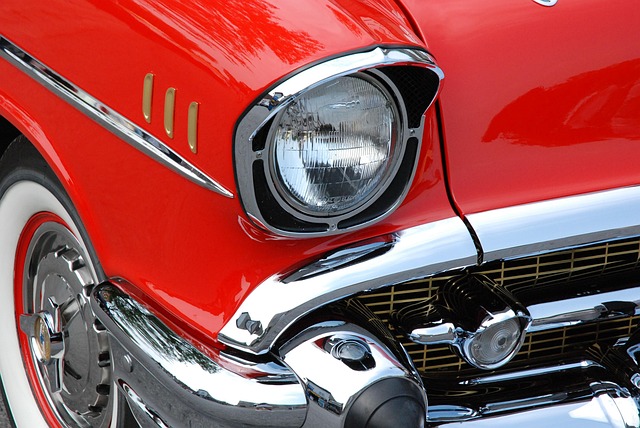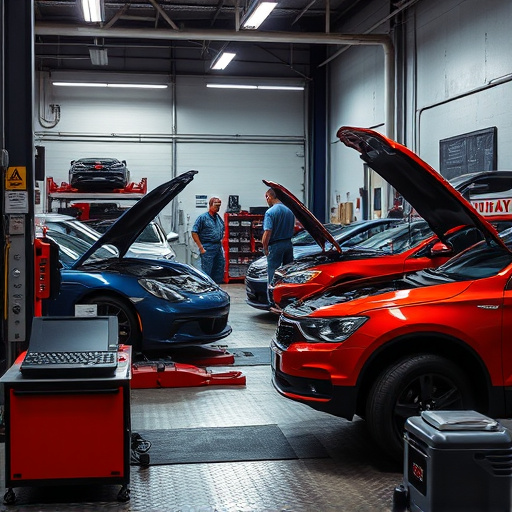Modern vehicle design emphasizes custom color matching, driven by advanced technologies like CAD and 3D printing for precise hue replication. Collision and auto body shops use expert techniques, robotic painting systems, and automated quality control to ensure accurate color reproduction, preserving aesthetic integrity and prolonging finishes. Specialized training and tools, including spectrophotometers, enable seamless integration of unique paint finishes and interior accents while meeting customer visions.
In today’s automotive landscape, customers demand unique and personalized vehicle designs, especially when it comes to color. Custom color matching presents a complex challenge for manufacturers striving to deliver precise, on-demand hues. This article delves into the intricacies of achieving perfect custom color matches, exploring the technological advancements revolutionizing vehicle paint applications. We’ll uncover strategies to overcome obstacles, ensuring seamless customization experiences that cater to the most discerning car enthusiasts.
- Understanding the Complexities of Custom Color Matching
- Technologies Advancing Vehicle Paint Precision
- Overcoming Challenges for Seamless Customization Experiences
Understanding the Complexities of Custom Color Matching
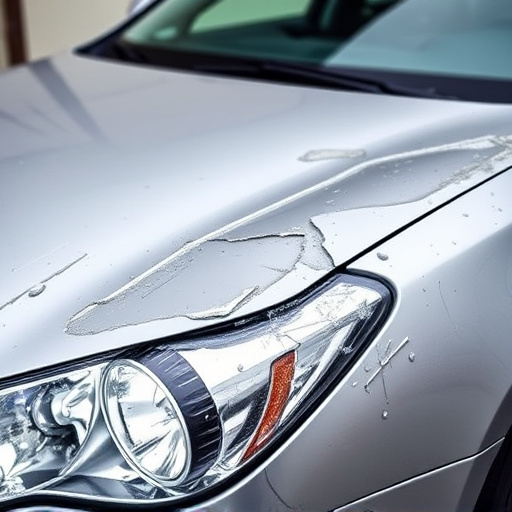
Custom color matching is a intricate process that has become increasingly significant in modern vehicle design. With an array of vibrant and unique colors available, automotive manufacturers strive to offer customers tailored options. However, achieving precise custom color matching presents a challenge. This involves a meticulous combination of science and art.
In the realm of collision repair shops and auto body shops, skilled technicians employ advanced technologies and expertise to reproduce specific shades accurately. Every aspect from the base coat to the clear coat must be precisely measured and mixed, taking into account factors like color fading, UV exposure, and the inherent properties of different pigments. Moreover, addressing minor imperfections caused by scratch repair becomes critical in maintaining consistency across the vehicle’s surface.
Technologies Advancing Vehicle Paint Precision
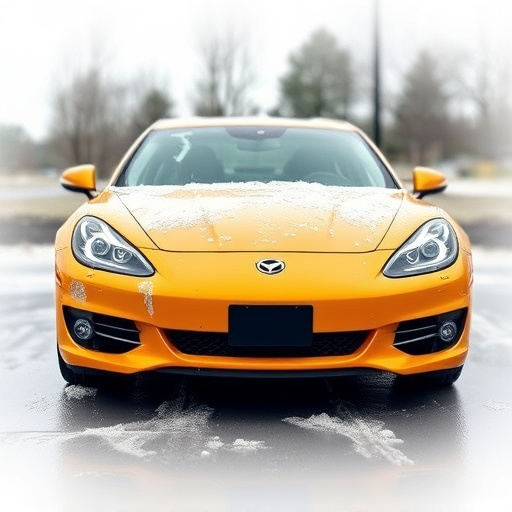
In the realm of modern vehicle design, technologies advancing vehicle paint precision are revolutionizing custom color matching. Techniques such as computer-aided design (CAD) and 3D printing enable exact replication of desired hues, ensuring minimal variation between production runs. This level of precision is particularly beneficial for automotive manufacturers aiming to offer a vast array of specialized colors that cater to diverse customer preferences.
Furthermore, advancements in robotic painting systems and automated quality control measures play a significant role in enhancing the consistency and accuracy of custom color matching. These innovations streamline the manufacturing process, reducing the likelihood of human error and ensuring that each vehicle meets the exacting standards set for its unique paint job. This precision not only improves the overall aesthetic appeal but also contributes to the longevity of the vehicle’s finish, including processes like tire services, autobody repairs, and fender repair, by minimizing touch-ups and repaints.
Overcoming Challenges for Seamless Customization Experiences
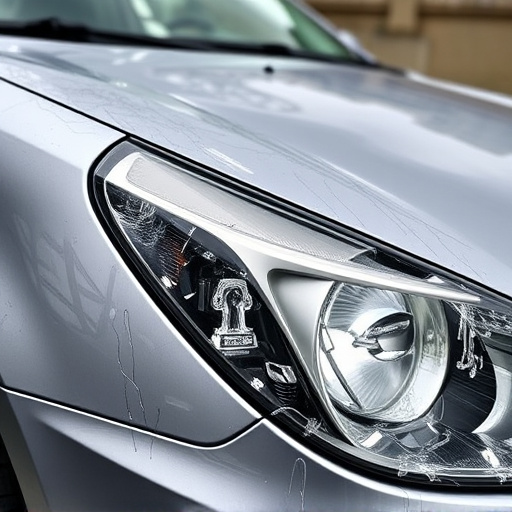
Modern vehicle designs offer a vast array of customization options, from choosing unique paint finishes to personalizing interior accents. However, achieving seamless custom color matching presents several challenges for both automotive manufacturers and collision repair centers. One of the primary hurdles is ensuring precise color accuracy across various surfaces, especially when dealing with complex panel shapes and different materials.
To overcome these challenges, auto painting experts leverage advanced technologies such as computer-aided design (CAD) systems and spectrophotometers. These tools enable exact color measurement and mixing, minimizing the risk of mismatches. Additionally, collision repair centers invest in specialized training for their technicians to handle custom color matching with expertise. This includes understanding the unique formulations and application techniques required for different paint brands and types, ensuring that the final result aligns perfectly with the customer’s vision.
Modern vehicle designs offer unprecedented customization options, particularly in custom color matching. While challenges remain, advancements in technologies like digital design tools and precise paint application methods are revolutionizing the process. By overcoming hurdles such as material compatibility and consistent shade replication, manufacturers can deliver seamless, personalized experiences for car enthusiasts seeking unique expressions of their identity on the road. This ongoing evolution ensures that custom color matching remains a defining feature of automotive innovation.
